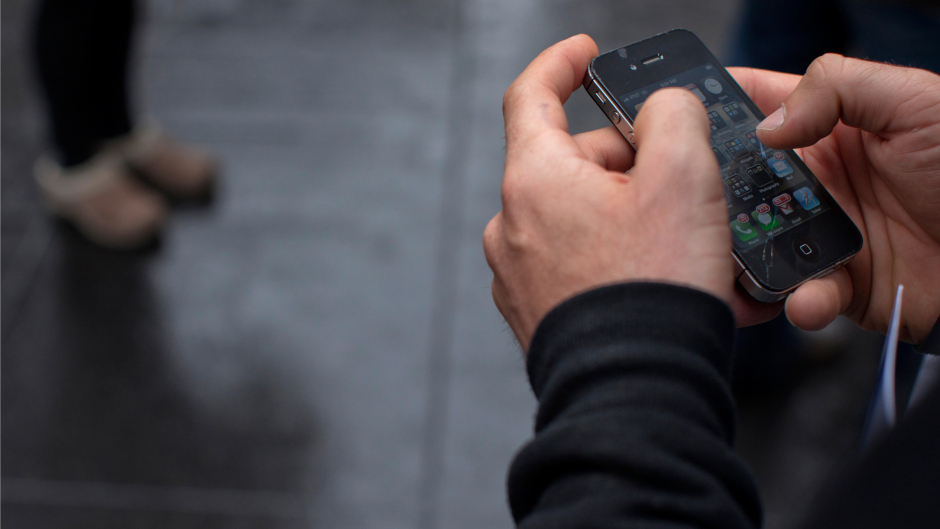Scaling Up With Security Systems For The Home
There was a time not too long ago when security systems were big, cumbersome and expensive. Cameras were installed in all-weather housings that were made of heavy-duty materials. These were also connected to dedicated machines that saved the videos to tape. The cameras were usually not infrared, and only in black-and-white display. The resolution was the same as regular television, 320-interlaced scan lines. If you had multiple cameras, these were recorded on multiple tapes. Nowadays, the only thing that still remains the same is the outdoor all-weather housing. But even those are rarely used. Even for home security cameras, the housing is robust enough for all-weather use. Whether there are bullet or dome housing, the cameras are almost always infrared, or infrared capable. For 24/7 continuous coverage, the cameras have a bank of infrared LEDs that throw invisible light onto the camera’s target area and lights it up for the camera.
Expensive tapes have been replaced by hard discs that are specifically designed for surveillance use. Security systems supporting these cameras can also be spread out into multiple locations. Four camera systems are the norm for home security use. For the wary homeowner, he can install an entry-level system of 4 to 6 cameras, or perhaps more, with no performance degradation on the recordings. Of course, cameras are just one part of a home security system. A mix of surveillance cameras, with motion-sensitive lights and alarms, can be used as the base of a security system. An electrified fence is an optional feature, for those who would want to take up home security up a notch. At the same time, a home fire alarm could be integrated into the security system and work with the communication line to emergency services.
Typically, homes studded with valuables, whether these are priceless works of art, jewelry, or the security of the family, no longer depend on the exterior situated security systems. Common practice is to have a security camera just inside of the front door, in hallways, or in the baby’s room. Windows would also have a separate sensor that would trigger an alarm if these were opened. For even more secure homes, the house’s cellar or basement could serve a dual purpose as a secure emergency location. Some homes would go so far as to include facial recognition software to guard against any attempts into breaking into one’s home. Aside from these, an off-site recording computer, or server, for instance, or a large uninterruptible power supply connected to a power generator can ensure that these systems do its work without a hitch of interruption.
Supplying the best in home security systems, Jumbu is Australia’s no.1 online provider of home security cameras to the Australian market. With the knowledge to advise what type of setup will be the best for your needs, Jumbu has the expertise to offer you the most powerful systems on the market – at a price significantly lower than the high street.




